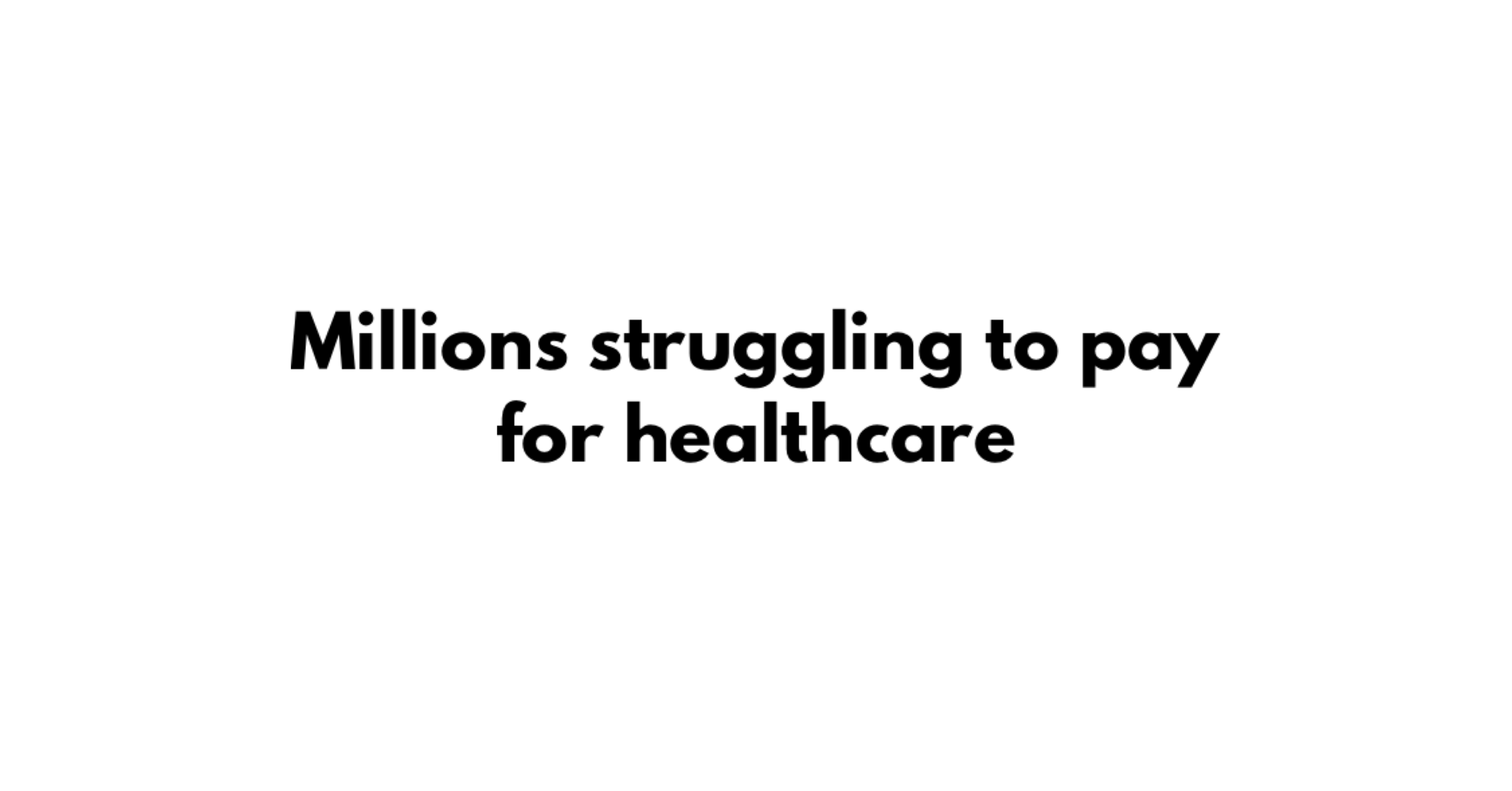

Value-based healthcare is changing the way providers and facilities treat their patients. This model of care pays providers, nurses, and physicians based on their ability to improve patient outcomes, rather than on the quantity of healthcare services they provide. As a result, providers and their staff must focus on improving the overall health of the patient rather than administering routine healthcare services whether they’re medically necessary or not.
With healthcare costs on the rise in the U.S. and millions of families struggling to pay for care, value-based healthcare has the potential to benefit patients, payers, and providers alike by reducing the cost of care, improving operational efficiency, and improving patient outcomes. According to a new report from the Health Care Payment Learning and Action Network, a part of the U.S. Department of Health and Human Services, 34% of healthcare payments were tied to value-based care in 2017, marking an increase of 23% from 2015.
If you’re looking to lower costs and improve the treatment process, find out more about value-based healthcare and how it can benefit your facility.
Value-Based Healthcare vs. Fee-Based Healthcare
Fee-based healthcare has long been the standard in the industry. Under this model, providers and facilities are reimbursed for their services regardless of whether or not they ultimately benefit the patient. This leaves providers with little incentive to improve the treatment process. Providers and facility administrators will know they’ll be paid for their services without having to invest in the latest treatment methods.
Value-based healthcare does away with this model by rewarding providers and facilities based on the value of the services they render. If the patient’s condition does not improve, the provider or facility will not be reimbursed for their services. This model forces providers and facilities to treat the whole patient with an emphasis on long-term improvement. Facilities will typically use software and data analytics to track patient outcomes. They will then share this information with payers to facilitate the reimbursement process. This helps automate key administrative processes such as billing, which can help improve efficiency in the workplace.
The Benefits of Value-Based Healthcare
While some facilities and providers may be hesitant to transition to a value-based system, the benefits remain clear. Certain providers and facilities may already be worried about diminishing profits, but value-based healthcare can help these facilities improve their operations and increase their earnings.
The benefits of value-based healthcare include:
Examples of Value-Based Healthcare
In most value-based systems, providers often work in teams to treat the whole patient. Providers will also often share patient data with their colleagues to improve efficiency and patient outcomes. Two common examples of this model include:
Under these two models, providers must make decisions together when treating patients, as opposed to administering treatment in isolation.
Tips for Switching to a Value-Based Model of Care
If your facility is interested in adopting a value-based system, use these tips to improve patient outcomes.
Consider implementing a value-based healthcare system today to reduce costs and improve the health of your patients.
In a shocking incident on December 4, 2024, Brian Thompson, the CEO of UnitedHealthcare, was…
In an unprecedented step toward financial relief and health equity, the city of St. Paul,…
In early November 2024, a shocking tragedy unfolded in Budapest, Hungary, as American nurse Mackenzie…
If Robert F. Kennedy Jr. were to assume leadership of the U.S. Food and Drug…
On November 1, 2024, federal authorities charged 38-year-old Rebecca Fadanelli, owner of Skin Beaute Med…
In a quaint little restaurant in Echo Park, an up and coming author is sitting…